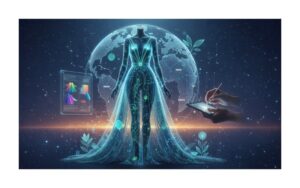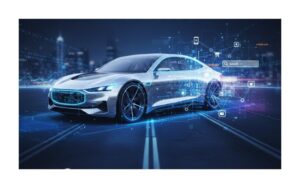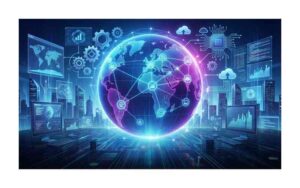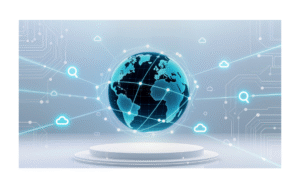The technology innovation companies are continuously emerging to push the boundaries of innovation, industries and everyday life. From AI driven Advancement and quantum computing breakthroughs the tech giants are re-defining the future. This year seen as a remarkable progress in autonomous systems, biotechnology, and immersive digital experiences, setting new standards for efficiency, security, and convenience.
Let’s explore the latest innovations shaping the world in 2025.
1. Nuclear Power for AI Infrastructure
With the growing interest in clean, reliable power this nuclear energy sector is continue to dominate in 2025 to meet the demands from AI and High energy technologies. AI massive energy needs are pushing tech giants towards nuclear solutions , investments in reactor innovation and waste management as renewables which proves insufficient.
2. Agentic AI
Gartner has termed agentic AI as the top tech trend for 2025. These agents can do the enterprise related tasks independently without any human intervention.
Some common applications of agentic AI include:
3. Neuromorphic Computing
Neuromorphic computing is an innovative approach to computation which mimics the architecture and functionality of the human brain. Neuromorphic systems are designed to process information in parallel, much like neural networks in the brain
4. Synthetic Media
Synthetic media refers to media platforms that feature content which is created entirely with the help of AI.
Synthetic media refers to media platforms that features content created exclusively with the help of AI. Virtual announcers Emi, Kuba and Alex were automated based on the report made by the editorial journalists. These hosts are supposed to attract young audience but in fact it cause mixed reaction.
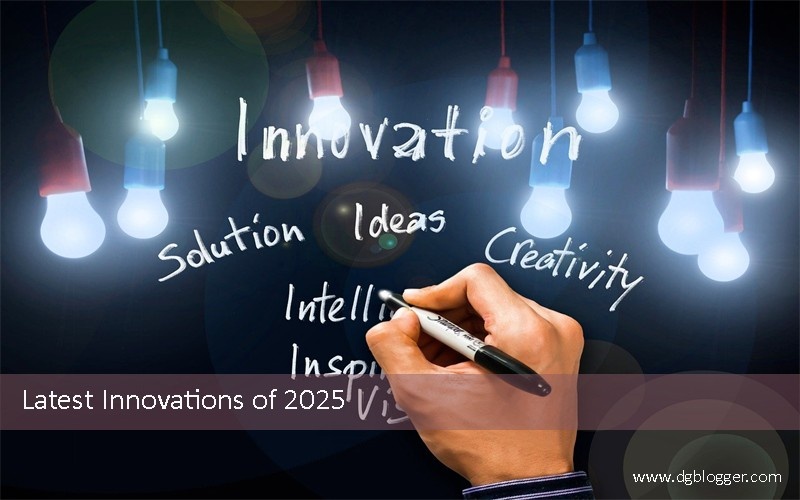
5. Extended Reality (XR)
Extended reality is a blend of immersive technologies that blend physical and virtual words which encompasses virtual reality (VR), augmented reality (AR), and mixed reality (MR) technologies. These latest emerging technologies have the power to transform our interactions with digital realm for the major applications.
6. Micro LLMs
Before 5 years , revolutionary large language models like GPT and BERT had hundreds of millions of parameters. Megatron-Turing Natural Language Generation (MT-NLP) has 530 billion parameters and Pathways Language Model 2 (PaLM 2) claims 340 billion parameters.
7. Post-Quantum Cryptography
A new generation of cryptographic algorithms was provided by the post quantum cryptography to withstand attacks by future quantum computers. The NIST recently finalised the standards for PQC.
8. Hybrid Computer Systems
Hybrid computer is a merger of analog and digital computers. The digital component acts as controller where the analog component frequently functions as a differential equation solver where both offers logical and numerical operations.
9. Spatial Computing
Spatial computing characterises the processes and tools used to capture, process and interact with three-dimensional (3D) data. It is a technology which is defined by the computers blending data from the world. Spatial computing perceptions also play a role in composing autonomous computing applications in warehouse automation, self-driving cars and supply chain automation.
10. Ambient Invisible Intelligence
It refers to a seamless integration of advanced technologies such as artificial intelligence (AI), machine learning (ML), and the Internet of Things (IoT), into ordinary places. It provides personalized, context-aware, and automated assistance without requiring explicit user interaction.


